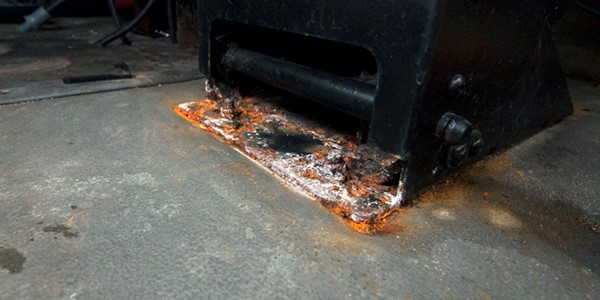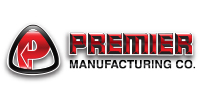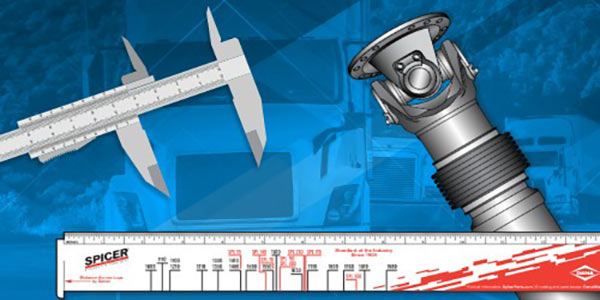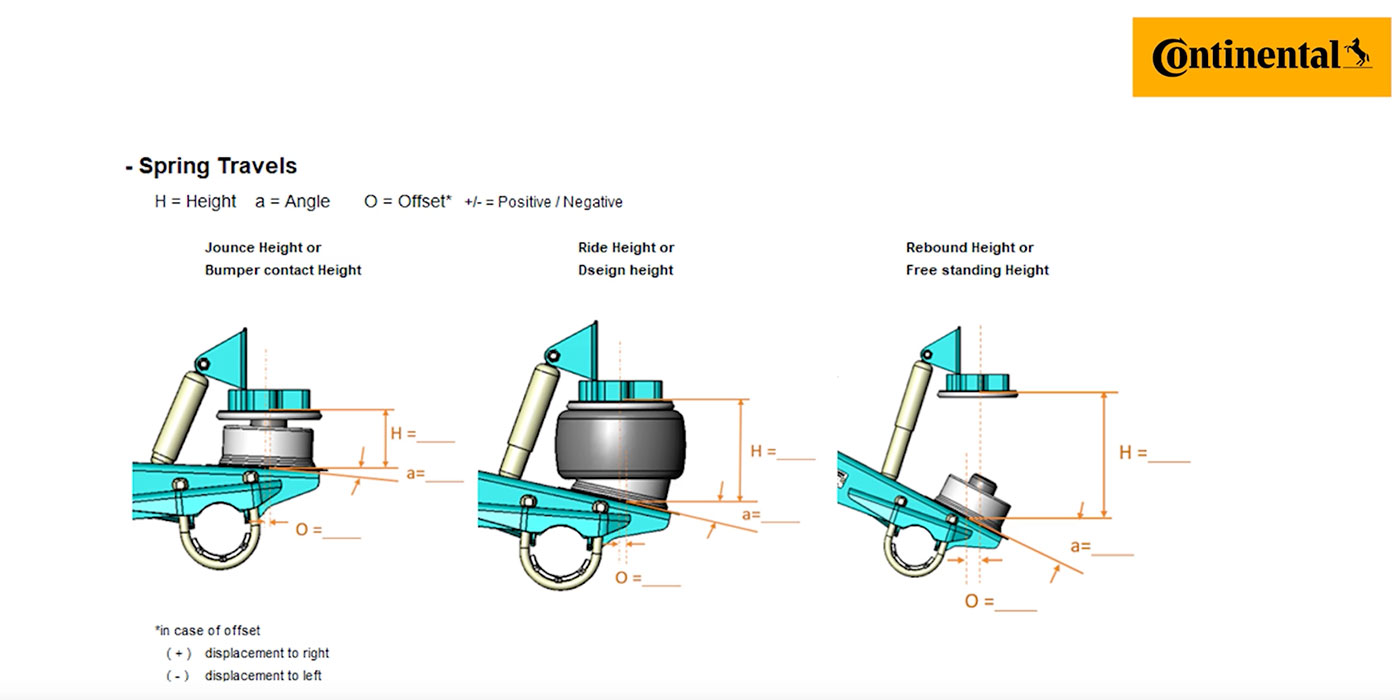How to avoid one of the biggest issues in trucking today
It’s that pesky neighbor who won’t go away, or the monster under the bed when you’re a kid. You know it’s there, even if you can’t always see it.
I’m referring to in-cab corrosion, one of the costliest issues facing fleets in the waste industry.
According to the Federal Highway Administration, more than $50 billion is spent by the transportation industry annually, repairing the damage caused by corrosion. It affects nearly every area of the cab – seat bases, floorboards, and even the wiring that runs under the doorjamb. And the number one cause happens to be someone irreplaceable – the driver.
Drivers get in and out of their trucks constantly. As a result, they track whatever is on the ground into the cab. This includes hygroscopic material that pulls moisture out of the air, even in seemingly dry environments. These chemicals are circulated throughout the cab thanks to the truck’s HVAC system, and lay waste to whatever they touch, whether it’s a seat belt mount or retractor, or even a $4000 sensor. (True story from a TMC task force meeting on corrosion.)
In the northern states, the worst offenders are the deicers used by DOTs. Sodium chloride, magnesium chloride, and calcium chloride are the most common culprits. Even in the south, many different materials cause corrosion, including caliche clay in areas of Texas, New Mexico, Arizona, and California, and sea air in the coastal regions.
Rather than suffer the costly consequences of one of the most unforgiving issues in trucking, be proactive rather than reactive, and install tray-style floor mats in your trucks.
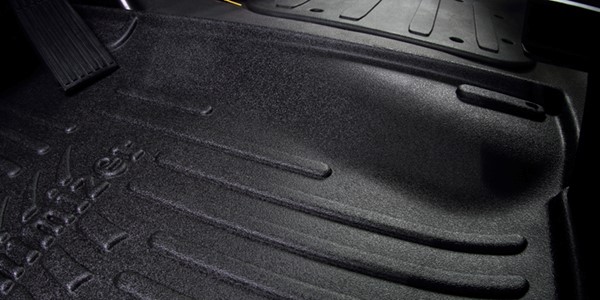
Tray-style mats feature a raised edge that keeps materials from escaping. The damaging chemicals dropped off by a driver’s boots? No match for tray-style floor mats. They keep them – along with any spills or messes – on the mat where they need to be.
Another advantage is the speed with which these floor mats can be cleaned. Rather than spend a day in the shop scrubbing and detailing the cab, tray-style mats can be cleaned in seconds.
A few years back, Brock Ackerman of K&B Transportation in South Sioux City, Nebraska, didn’t mince words when he said tray-style mats have, “probably saved me about a thousand dollars a truck, over the life of the truck.”
It’s a no-brainer. In-cab corrosion is a tough opponent, but thanks to tray-style floor mats, trucks have the ultimate solution at their disposal.
Tray-style floor mats are now available for nearly every make/model/year of HD truck. More information can be found at www.minimizer.com.
This article was sponsored by Minimizer.

